I most often use my decades-old 2" drum chucked in my drill press and wrapped in fine-grit sandpaper. The the drive shaft has a diameter of 1/2" where it joins the fitting on the drum, but is reduced to 3/8" to fit most drills.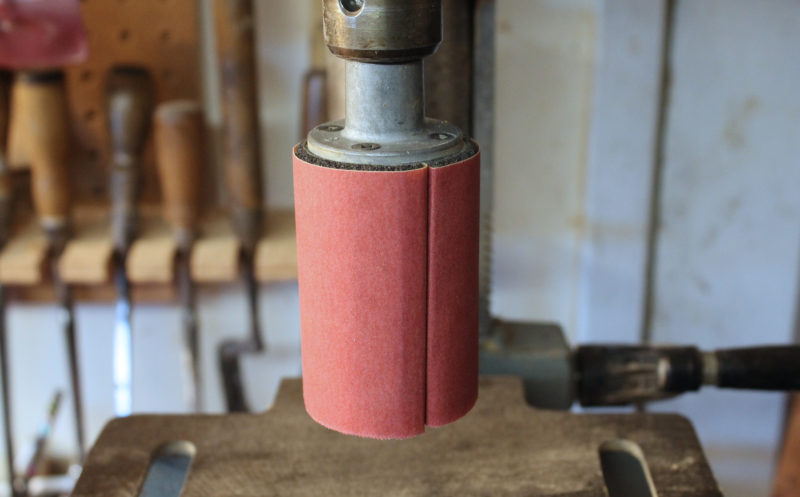 photographs by the author
photographs by the author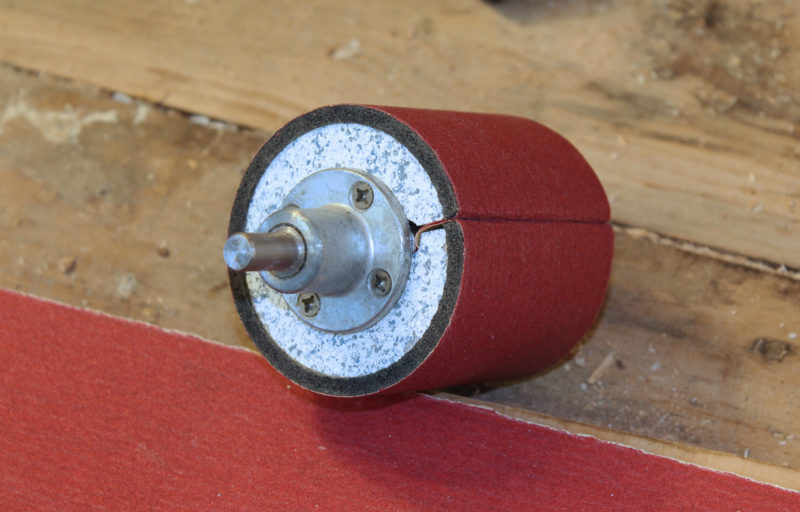
Join The Conversation
We welcome your comments about this article. To include a photo with your remarks, click Choose File below the Comment box.





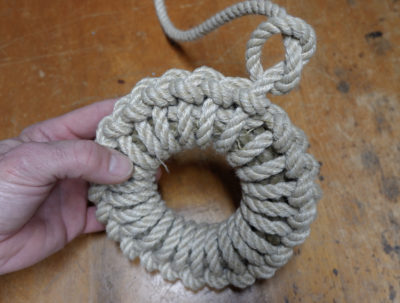

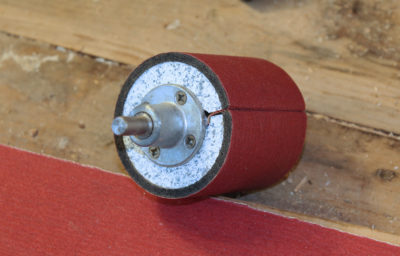
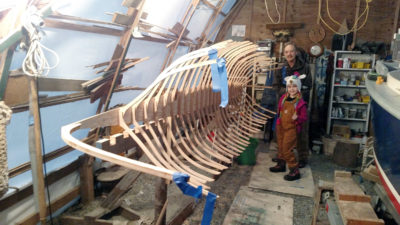
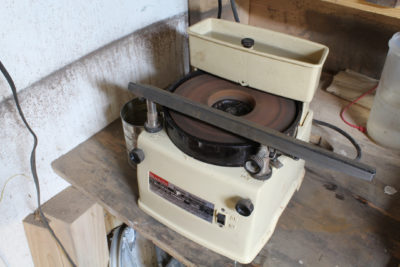

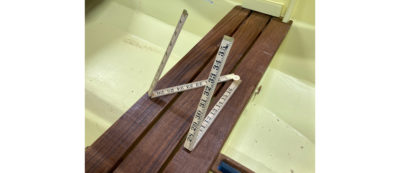
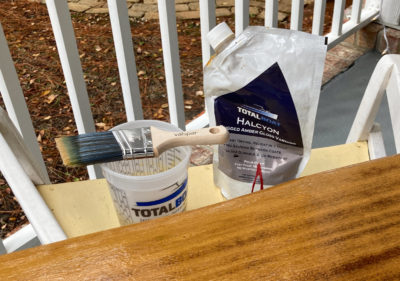
I’ve used them for years, professionally finishing bandsawn boxes. I found the best abrasive to be cut up cloth-backed belt sander belts or what is sold here in Australia as J weight paper, cloth backed but much more flexible than sander belts. Much better on the smaller sizes.